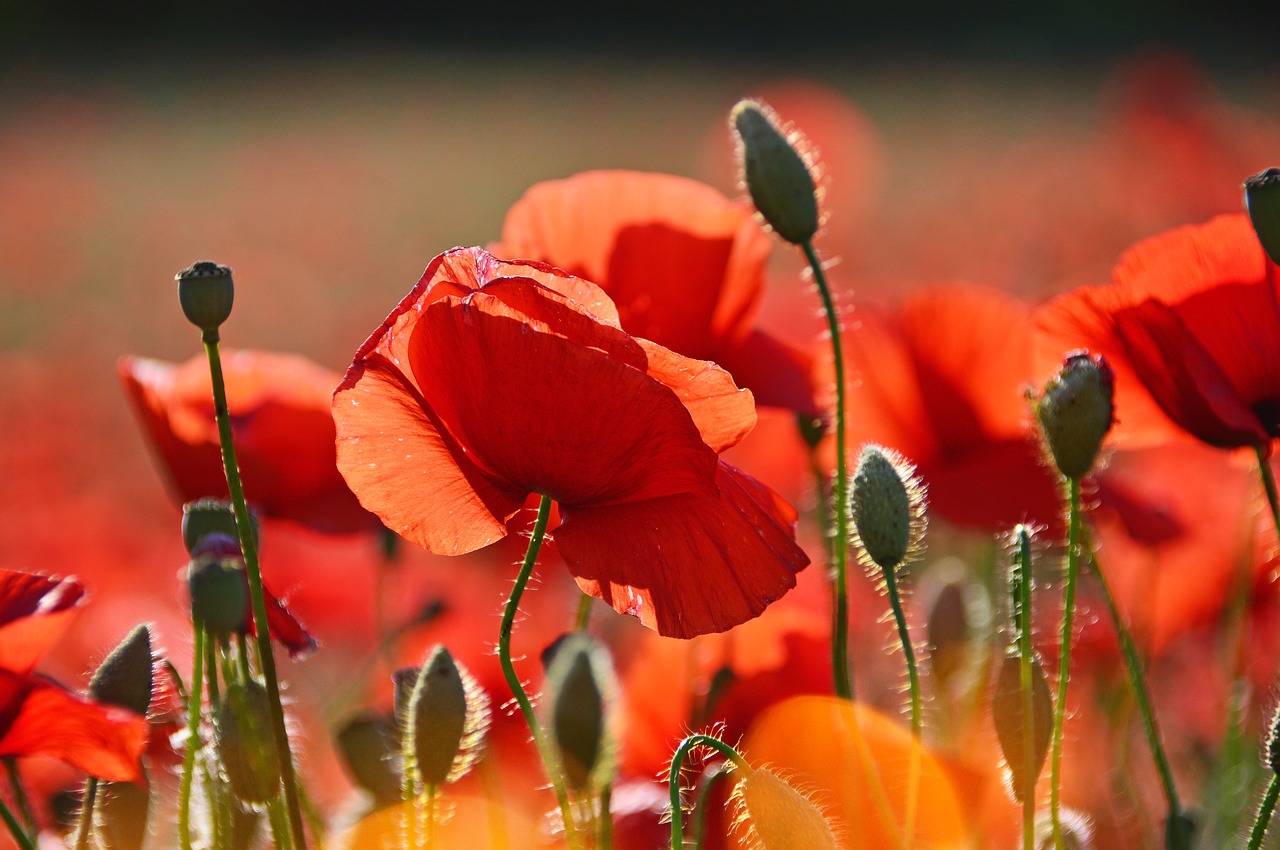Why do we wear a poppy at Remembrance?
Since 1921 the poppy has been used to commemorate the fallen of WWI
The commemorative poppy is worn every year as a sign of life. The resilient flowers grew across barren battlefields after WWI (1914–1918). The sight of the poppies inspired Canadian soldier Lieutenant Colonel John McCrae to write a poem called ‘In Flanders Fields’. His words had a powerful effect on the public, particularly American academic Moina Michael.
Moina Michael made it her mission to promote the poppy as a symbol of remembrance. She started selling silk flowers, which were eventually brought to England. Artificial poppies were first sold in Britain in 1921. The Royal British Legion ordered 9 million of them to raise money for WWI veterans. They were sold on 11 November – Remembrance Day – the date on which WWI ended.
The first Poppy Appeal was a success. The British Legion soon set up the Poppy Factory, where ex-servicemen were employed to produce the flowers. The factory still exists, but today the veterans require a little help from machines.
As Moina Michael wrote, “And now the Torch and Poppy Red, we wear in honour of our dead.”
This article was originally published in How It Works issue 118, written by Jodie Tyley
For more science and technology articles, pick up the latest copy of How It Works from all good retailers or from our website now. If you have a tablet or smartphone, you can also download the digital version onto your iOS or Android device. To make sure you never miss an issue of How It Works magazine, subscribe today!






